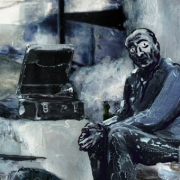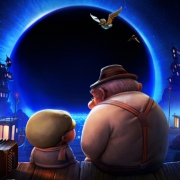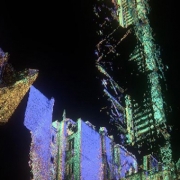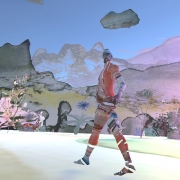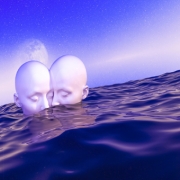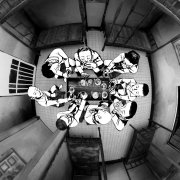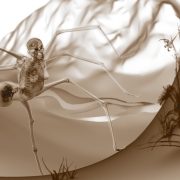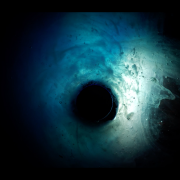Michelle & Uri Kranot
An animated VR experience exploring themes surrounding acknowledgement and the awkward intimacy of humanness, The Hangman at Home is constructed through five interwoven stories. Each situation presents a person, or persons, in a delicate moment: fragile, playful, terrified, contemplated, confused, curious… We can all be alike in these moments – prompting us to question our responses and responsibilities. The project is based on Carl Sandburg’s poem ‘The Hangman at Home’, from his acclaimed 1922 collection ‘Smoke & Steel’.
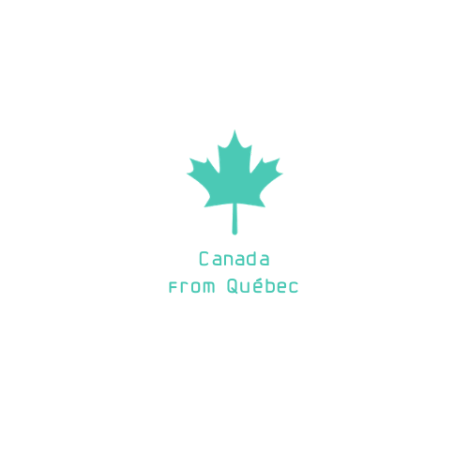


The Canadian projects are part of the culture program related to Canada’s Guest of Honour presentation at the Frankfurt Book Fair in 2021 and are supported by the Canada Council for the Arts, the Government of Canada (Embassy of Canada to Germany) and the Québec Government Office in Berlin.
Access
Visitor type
Trailer
Credits
Running time 25 minutes
Lead Artist / Director Michelle & Uri Kranot
Producers Lana Tankosa Nikolic, Emmanuel-Alain Raynal, Pierre Baussaron, Katayoun Dibamehr, Avi Amar, Marc Bertrand, Julie Roy
Narration Michelle Kranot
Technical DirectorMorten Andersen
Animation Philip Piaget, Michelle Kranot, Uri Kranot, Juliette Viger, Mohammad Babakouhiashrafi, Fabien Corre, Morten Andersen
Production Companies LateLoveProduction, FloeralFilms, MiyuProductions, The National Film Board of Canada
Denmark, France, Canada, 2020
